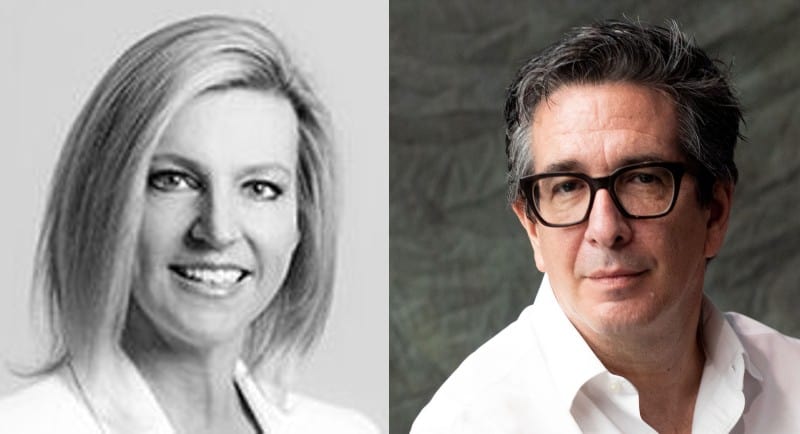The Workplace Gender Equality Agency (WGEA) has released its gender pay gap figures for private sector employers with a workforce of 100 or more employees. The findings from WGEA highlight an ongoing struggle within the media and advertising sector to address the underrepresentation of women in key leadership positions, notably within boards and senior management roles.
The WGEA data shows significant pay gaps within Australia’s major media firms, reaching up to 26%, with gaps ranging between 13% and 18% for most multinational advertising holding groups.
Darren Woolley, founder and global CEO of Trinity P3 Marketing Management Consultants, told Mediaweek that while the numbers suggests many media companies and “some” of the agencies are aware of the gender pay gap, and are taking steps to address it, “it’s still patchy, and there’s still a long way to go.”
“I think that this initiative is really going to help by driving transparency around who’s performing well and who isn’t,” said Wollley.
The WGEA publishings mark a significant shift from the government statutory agency’s previous practice of publishing an aggregate total remuneration gender pay gap for all Australian private sector employers with 100 or more employees over the last decade.
For the first time, these figures now disclose individual employer gender pay gaps. The release includes data on base salary and total remuneration, median gender pay gaps, as well as the gender composition per pay quartile.
Woolley continued: “I think what we’re going to see over the next couple of weeks or months is people really diving into this data. This is the first round, so there could be some anomalies in how people have self-reported. There could be changes that occur over time.
“Companies are going to be taking a long, hard look at where they stand against the market, and start to perhaps implement some of their policies in a much more meaningful way.”
In a statement to the media, Lydia Feely, general manager at TrinityP3 said the gap “isn’t surprising” when looking at the senior management level and boards of major media and advertising companies, particularly key roles and management personnel, such as heads of business or general managers.
“The dominance of men in these roles remains startling,” said Freely.
She continued: “The reality is there is still a significant disparity. It has improved in recent decades but without a strong focus from the senior ranks, the gap won’t close any further.
“This is about having tangible policies to support both men and women when it comes to things like parental leave, flexible working but also workplaces looking at their pay policies, value contribution and ensuring they aren’t systematically paying men more than women for the same level of work.”
See also: Woolley Marketing: Does DE&I matter or not?
–
Top Image: Lydia Feely & Darren Woolley
